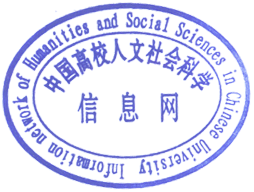关 键 词 :乡村治理共同体 行动者网络理论 制度企业家 新内源发展学科分类:社会学--应用社会学
激活乡村内生发展动力是实现全面乡村振兴的关键。地处湘黔边界的谭家寨乡成功探索出全国首创的“连村联创”模式,并成为推广典型。本文基于谭家寨乡“连村联创”模式的深度考察,结合行动者网络理论和新内源发展理论的内涵,从制度企业家视角探究其如何整合内外资源破解村域发展失衡、产业协同失调难题,进而构建乡村治理共同体的内源路径。调研发现,在核心行动者T的带领下,内外部异质性行动者通过“主体共立”“资源共享”“行动共振”三重转译机制构建利益联结网络。本文尝试归纳谭家寨乡所形塑的村际联合发展机制,以期为村域发展失衡型地区的联合发展提供有益借鉴,丰富构建乡村治理共同体的本土化经验。
Activating the endogenous driving force of rural development is the key to realizing comprehensive rural revitalization. Located in the border of Hunan and Guizhou, Tanjiazhai Township successfully explored the country's first "Joint Creation and Collaborative Development of Linked Villages" model, and became a typical promotion. Based on the in-depth investigation of the mode of "oint Creation and Collaborative Development of Linked Villages" in Tanjiazhai Township, combined with the connotation of the Actor Network Theory and the New Endogenous Development Theory, this paper explores from the perspective of institutional entrepreneurs how to integrate internal and external resources to solve the problem of village development imbalance and industrial coordination imbalance, and then build the endogenous path of rural governance community. It is found that under the leadership of the core actor T, internal and external heterogeneous actors build a benefit connection network through the triple translation mechanism of "subject co-establishment", "resource sharing" and "action resonance". This paper attempts to summarize the inter-village joint development mechanism shaped by Tanjiazhai Township, in order to provide useful reference for the joint development of unbalanced village development areas, and enrich the local experience of building a rural governance community.

